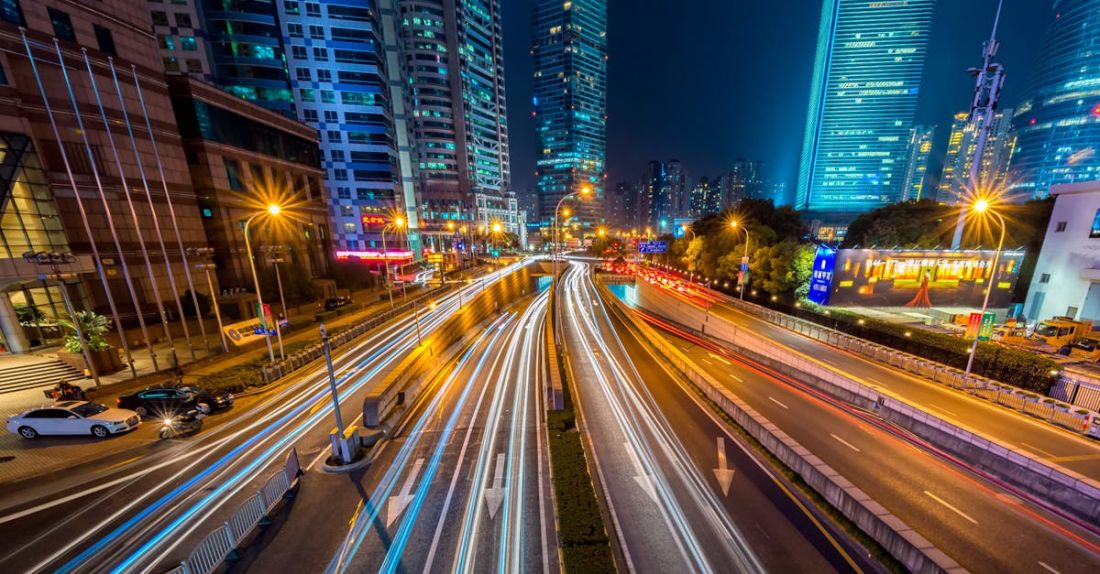
In the fast-paced digital era we live in today, the concept of smart cities is rapidly gaining momentum. These futuristic urban areas leverage cutting-edge technology and innovative solutions to enhance the quality of life for residents, improve sustainability, and drive economic growth. At the heart of every smart city lies a complex ecosystem of interconnected components working together seamlessly to create a more efficient and sustainable urban environment. Let’s delve into the key features that define a smart city ecosystem and its impact on the urban landscape.
Smart Infrastructure and Connectivity
One of the fundamental pillars of a smart city ecosystem is its robust infrastructure and connectivity. Smart cities are characterized by advanced communication networks, including high-speed internet access, IoT devices, and sensors that collect and transmit data in real-time. This interconnected network enables efficient resource management, enhanced security systems, and improved public services. Smart infrastructure also encompasses smart transportation systems, such as intelligent traffic management, public transportation optimization, and smart parking solutions, all of which contribute to reducing congestion and improving mobility within the city.
Data Analytics and Insights
Data lies at the core of a smart city ecosystem, driving decision-making processes and enabling predictive analysis to optimize city operations. By harnessing the power of big data and analytics, city officials can gain valuable insights into various aspects of urban life, from traffic patterns and energy consumption to waste management and public health trends. These data-driven insights empower city planners to make informed decisions, allocate resources efficiently, and respond proactively to emerging challenges, ultimately creating a more responsive and adaptive urban environment.
Sustainable Energy and Resource Management
Smart cities prioritize sustainability and environmental conservation by implementing innovative solutions for energy generation, consumption, and resource management. Renewable energy sources, such as solar panels and wind turbines, are integrated into the urban landscape to reduce carbon emissions and promote clean energy initiatives. Smart grids and energy management systems enable efficient distribution of electricity, while smart meters and sensors help monitor and optimize water consumption, waste disposal, and environmental quality. By embracing sustainable practices, smart cities aim to create a greener, healthier, and more resilient urban ecosystem for future generations.
Citizen Engagement and Participation
Another key feature of a smart city ecosystem is active citizen engagement and participation in decision-making processes and urban governance. Through digital platforms, mobile applications, and social media channels, residents can interact with city officials, report issues, provide feedback, and participate in community initiatives. Citizen-centric services, such as e-governance portals, smart citizen cards, and online service delivery, enhance transparency, accountability, and inclusivity in city management. By fostering a culture of collaboration and co-creation, smart cities empower residents to play an active role in shaping the future of their communities and promoting social cohesion.
Innovative Urban Planning and Design
Smart cities embrace innovative urban planning and design principles to create livable, sustainable, and resilient urban spaces that cater to the diverse needs of their residents. By leveraging technologies like geospatial mapping, 3D modeling, and virtual reality, city planners can visualize and simulate urban development projects, optimize land use, and enhance the overall urban experience. Smart infrastructure solutions, such as smart buildings, green spaces, and pedestrian-friendly zones, contribute to creating a more vibrant, inclusive, and aesthetically pleasing urban environment that fosters creativity, productivity, and well-being.
Enhanced Public Safety and Security
Safety and security are paramount in a smart city ecosystem, where advanced technologies are deployed to ensure the well-being and protection of residents. Smart surveillance systems, emergency response networks, and intelligent traffic monitoring help prevent and respond to crime, accidents, and natural disasters effectively. IoT devices, wearable technologies, and biometric identification systems enhance public safety measures, while data encryption and cybersecurity protocols safeguard sensitive information and critical infrastructure from cyber threats. By prioritizing public safety and security, smart cities create a secure and resilient urban environment that instills trust and confidence among residents and visitors.
Empowering Economic Growth and Innovation
Smart cities serve as hubs of economic growth and innovation, leveraging technology and entrepreneurship to drive prosperity and competitiveness in the global marketplace. By fostering a conducive ecosystem for startups, research institutions, and tech companies, smart cities attract talent, investment, and business opportunities that stimulate job creation and economic development. Innovation districts, tech parks, and incubation centers provide a platform for collaboration, knowledge sharing, and skill development, nurturing a culture of innovation and creativity that propels the city’s economic growth trajectory. Through strategic partnerships with industry stakeholders, academia, and government agencies, smart cities unlock new possibilities for economic diversification, industry transformation, and sustainable development, positioning themselves as engines of innovation and progress in the digital age.
Building Resilience and Adaptability
As urban populations grow and climate change impacts become more pronounced, smart cities must prioritize resilience and adaptability in their development strategies to withstand and recover from shocks and stresses. Resilient infrastructure, disaster preparedness plans, and risk mitigation strategies help smart cities anticipate and respond to natural disasters, pandemics, and other emergencies effectively. Climate-resilient urban design, green infrastructure, and sustainable building practices enhance the city’s capacity to cope with environmental challenges and ensure the well-being of its residents. By embracing a holistic approach to resilience and adaptability, smart cities can build a more sustainable, livable, and future-proof urban ecosystem that thrives in the face of uncertainty and change.
In conclusion, a smart city ecosystem is a multifaceted and dynamic network of interconnected components that work together to create a sustainable, inclusive, and innovative urban environment. By leveraging advanced technologies, data-driven insights, citizen engagement, and sustainable practices, smart cities aim to enhance quality of life, promote economic growth, and address complex urban challenges in the 21st century. Through strategic planning, collaboration, and continuous innovation, smart cities can pave the way for a more resilient, adaptive, and prosperous future for urban communities around the world.





